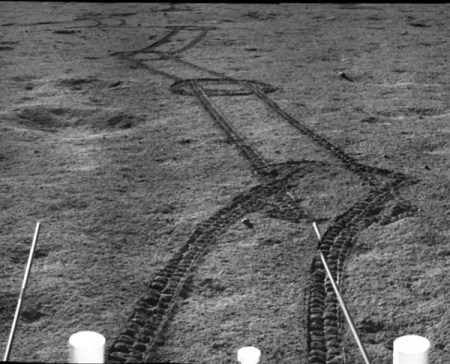OneWeb: LauncherOne too expensive
In asking that Virgin Orbit’s lawsuit against internet satellite manufacturer OneWeb be dismissed, OneWeb has claimed that their contract allowed for the cancellation of launches without cause, and that they have a cause anyway, which is that LauncherOne is too pricey.
In its court filing, OneWeb said the $6 million price tag for a LauncherOne mission is two to three times current market prices.
…The original contract, OneWeb claims, allowed for termination without cause, and for prior payments to apply to the termination fee. Those contract termination rules, and the fact that Virgin Orbit has yet to conduct any LauncherOne missions, invalidate Virgin Orbit’s revenue expectations, according to OneWeb. [emphasis mine]
Based on my estimate of the launch market, LauncherOne’s price is higher than others, but not by very much. I think the highlighted text is more significant. LauncherOne had announced plans to fly its first mission last summer. More than a year later that inaugural flight has still not taken place.
In the meantime, this decision by OneWeb is a boon to Russia’s space industry, especially its Soyuz rocket, as it will now get the contracts for launching the majority of OneWeb’s 648-satellite constellation.
In asking that Virgin Orbit’s lawsuit against internet satellite manufacturer OneWeb be dismissed, OneWeb has claimed that their contract allowed for the cancellation of launches without cause, and that they have a cause anyway, which is that LauncherOne is too pricey.
In its court filing, OneWeb said the $6 million price tag for a LauncherOne mission is two to three times current market prices.
…The original contract, OneWeb claims, allowed for termination without cause, and for prior payments to apply to the termination fee. Those contract termination rules, and the fact that Virgin Orbit has yet to conduct any LauncherOne missions, invalidate Virgin Orbit’s revenue expectations, according to OneWeb. [emphasis mine]
Based on my estimate of the launch market, LauncherOne’s price is higher than others, but not by very much. I think the highlighted text is more significant. LauncherOne had announced plans to fly its first mission last summer. More than a year later that inaugural flight has still not taken place.
In the meantime, this decision by OneWeb is a boon to Russia’s space industry, especially its Soyuz rocket, as it will now get the contracts for launching the majority of OneWeb’s 648-satellite constellation.

